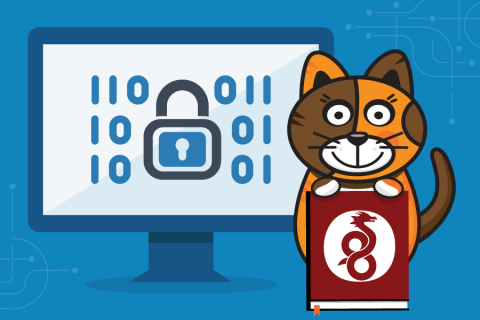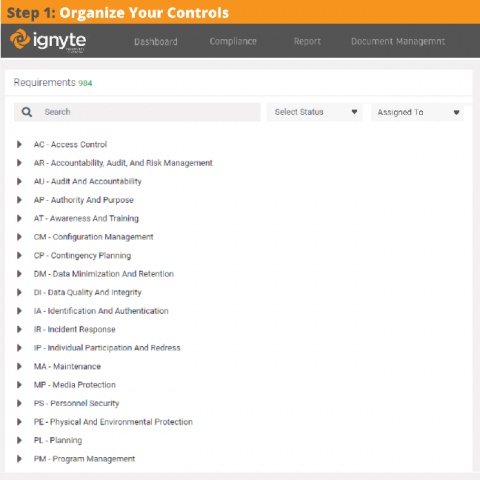MITRE ATT&CK July 2020 Update: Sub-Techniques!
The highly anticipated structural update to the MITRE ATT&CK framework was released July 8th, 2020. After a quiet first half of the year, it appears the ATT&CK team has been putting in lots of work into some significant redesign of the framework’s structure. This update introduces a new layer of abstraction: sub-techniques.








